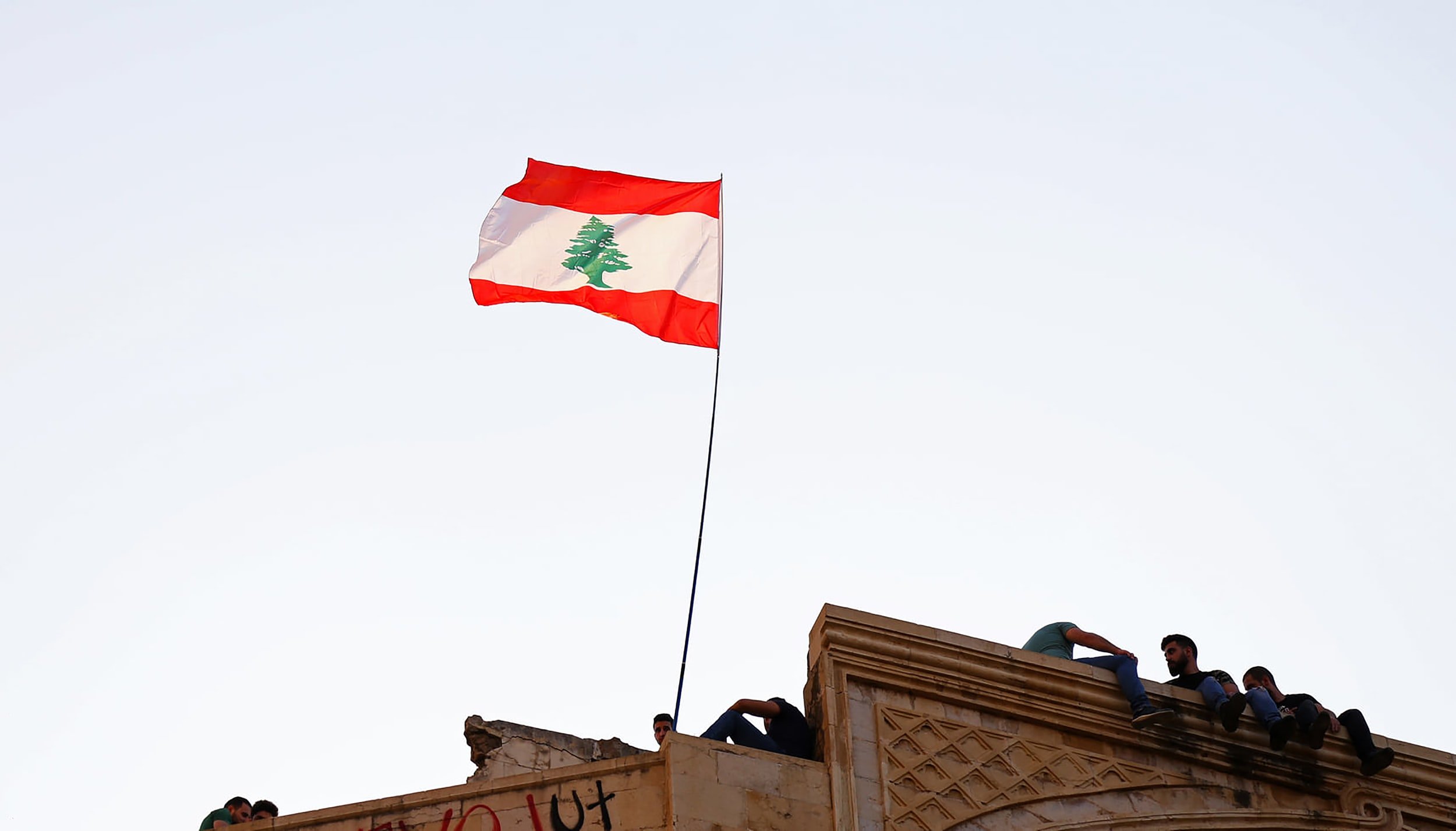
Understanding Lebanon’s Parliament

-
Taif Agreement
In 1989, the Taif Agreement was agreed as a basis for ending the Civil War. It was an attempt to restore political normalcy to Lebanon, and provided a framework for how Lebanon’s parliament would operate moving forward.
-
128 Seats
Since the Taif Agreement, parliament is comprised of 128 seats. The seats are split 50:50, Muslim:Christian, and they are spread across the different Lebanese governorates.
-
Governorates
There are eight governorates in Lebanon: North, South, Mount Lebanon, Beirut, Bekaa, Akkar, Baalbek-Hermel, and Nabatieh. Each of these eight governorates are then further divided into electoral districts.
-
Electoral Districts
There are 15 electoral districts in Lebanon. To explore the electoral districts, and how your vote can influence each area, use our interactive map.
When you vote in your electoral district, you contribute to filling parliament’s 128 seats.

The winning candidates — hopefully ones that you selected — contribute to running parliament in numerous ways.
This is why your vote matters for the future of Lebanon.
Aside from the official duties above, members of parliament are also responsible for writing laws, and influencing how Lebanon is run, as shown below.
Parliament (and your candidates) has the power to:

Sawti is continuously in the process of adding information to this website.
What you see here, is just the beginning, so please check back regularly. And join our mailing list to stay updated!


![green_Subway_arms_template [Converted] (2).png](https://images.squarespace-cdn.com/content/v1/5fffd308c7c0510cd2e542f5/1615162730484-WKDCPHT13QJ0GEYWU0WN/green_Subway_arms_template+%5BConverted%5D+%282%29.png)
